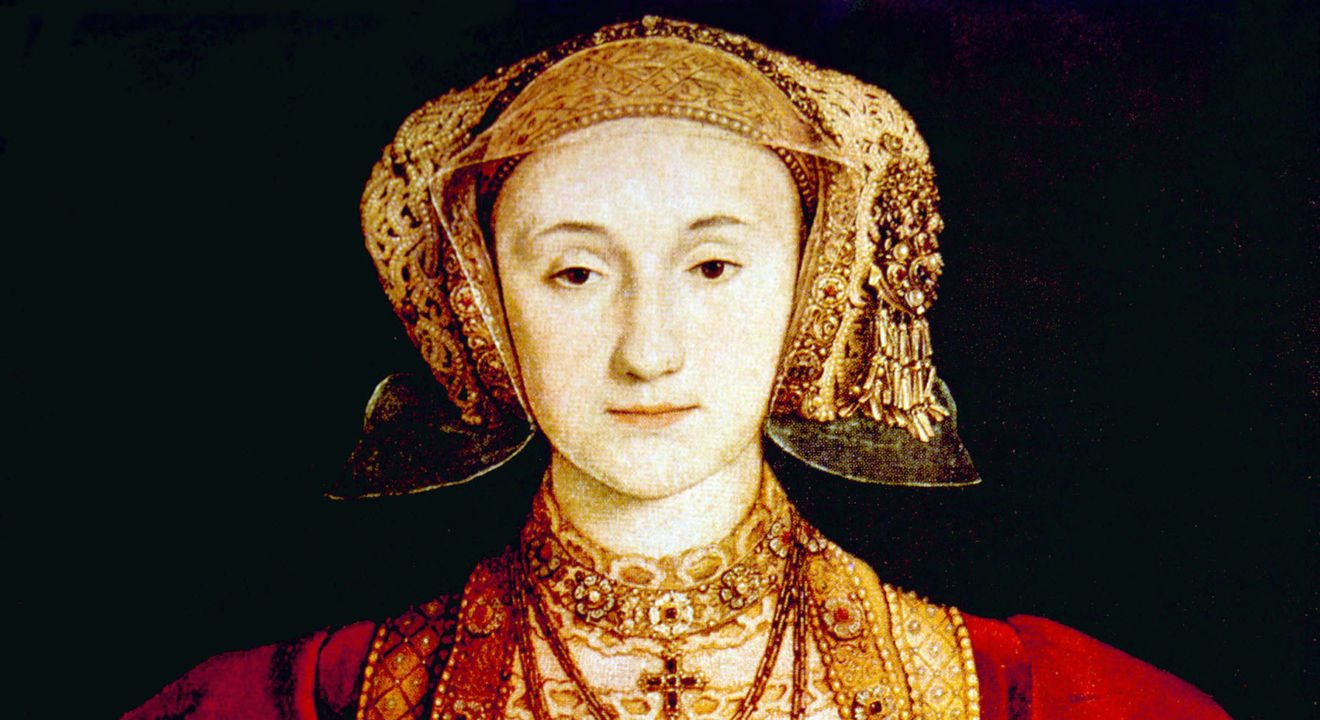Inspiration December 15, 2016


In our ongoing series, #WomenThatDid, ENTITY profiles inspirational and famous women in history whose impact on our world can still be felt today. If you have a suggestion for a historical powerhouse you would like to see featured, tweet us with the hashtag #WomenThatDid.
Name: Anne of Cleves, fourth wife of Henry VIII
Lifetime: September 22, 1515 – July 16, 1557
What She’s Known For: Anne of Cleves is considered the most successful of Henry’s wives, despite their shaky marriage. After the couple married on January 6, 1540, the king’s accounts laments “She is nothing fair, and have very evil smells about her” and so their marriage was never consummated, according to History Extra.
Why We Love Her: Although she was the “the ugly wife” and was only on the throne for six months, Anne was not a hapless victim. Henry only married her to further diplomatic relations and was disappointed with her lack of beauty upon meeting her. Anne, unlike his other wives, was not petite and skinny, but rather big-boned and tall.
Henry ordered their annulment when he fell in love with Catherine Howard. Perhaps fearing a fate like Anne Boleyn or Catherine of Aragon, Anne submitted to the king with a letter in which she claimed to be, “his most humble servant.” Because of her pragmatic thinking , she was given a manor, able to keep all her royal jewelry and received an annual income. She was declared the king’s “sister” and took “precedence over all of his subjects.”
Later, Anne was given Hever Castle and lived her luxurious, independent lifestyle there until she died at the age of 41 in 1557.
Fun Fact: Anne outlasted all of Henry’s other wives and lived to see the coronation of Mary I. She was so well-liked by the court, even after her humiliating annulment, that even her zealous stepdaughter Mary I “held Anne in such esteem that she ordered the full pomp and ceremony of a royal funeral at Westminster Abbey,” says History Extra.
READ MORE: #WomenThatDid: Virginia Woolf